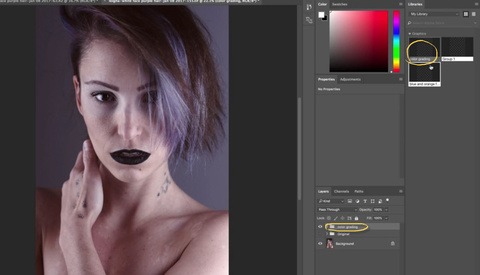How to Convincingly Composite Images in Photoshop
Compositing images well is one of those skills that can really flex your photographic prowess by calling on a multitude of techniques, all of which you have to have a sound basis in to create a convincing final product. This great tutorial will show you all the steps.

































